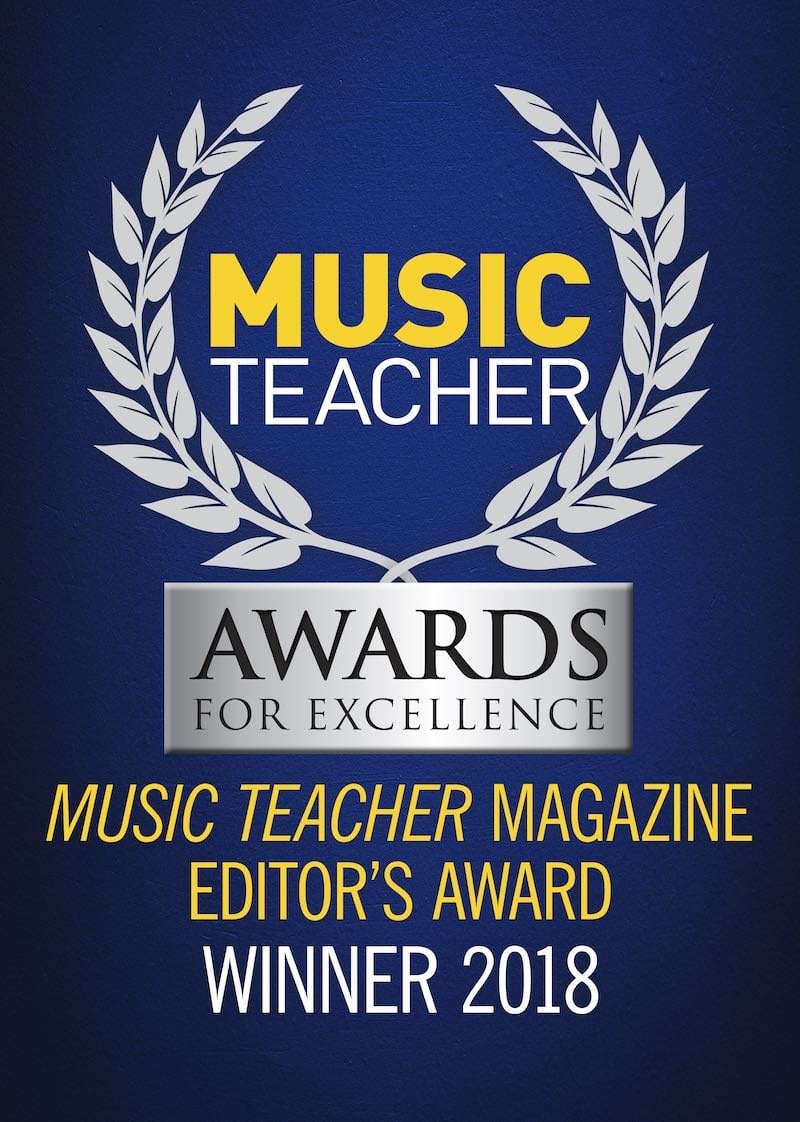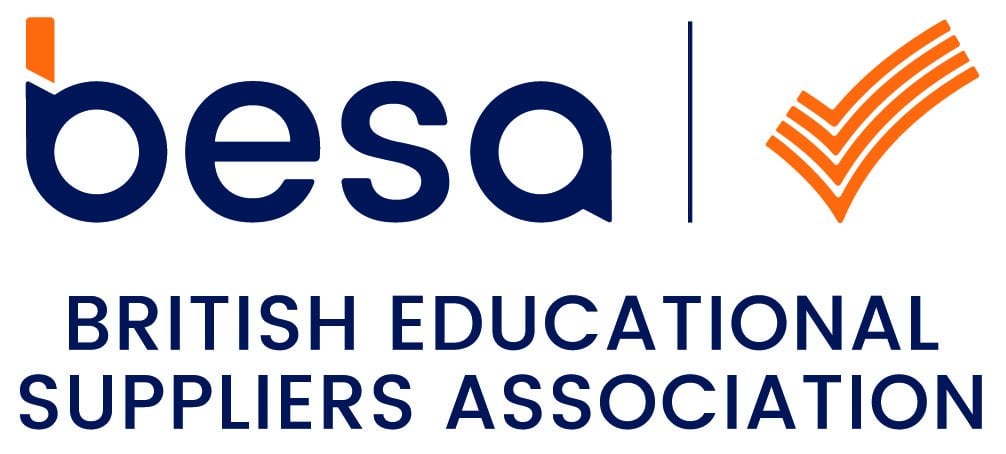Activity ideas based around the song
Literacy
There are several online versions of the story (see links below) you could read along with. Note that there are different versions of the story which vary the list of animals. Can children remember the order of the animals and anticipate what might come next? Make lists of rhymes starting with ones from the story like spider/inside her, why/fly, bird/absurd, etc. and see if they can think of others for example cat/that/hat and dog/fog/log/frog. You could print out the story, and some children might be able to highlight the rhyming words. This flipbook version of the story replaces ‘perhaps she’ll die’ with ‘she won’t say why’ which you might wish to do at home.
Bring the story to life by acting it out. Include a narrator, different animals making the appropriate noises, spectators watching, costumes and props etc.
Links
There was an old lady story: https://youtu.be/vQItCwyL13M and https://youtu.be/Q4TMlrXkDMI
Flipbook version: https://www.storyjumper.com/book/read/16624592/There-Was-An-Old-Lady-Who-Swallowed-A-Fly-
Art and design
Using any art materials you have available, illustrate the story, or make the animals out of play dough and use them to re-tell the story in your own words.
Numeracy
Make comparisons between the animals such as which is the largest/smallest? Which have the same/different colours? How many legs do they have? Sort the animals in order of size and invent counting games such as how many legs do the spider and horse have in total?
Music
Watch the video to explore the sounds that animals make. Do you know any songs or stories about animals?
Re-create the sounds of the animals with objects in your home. The horse’s hooves could be beakers turned upside down, to make the fly sound put paper over a find tooth comb and hum through it, it sounds like a bug flying. Try it high pitched and low pitched. For a bird, you could flap some paper, for a cat you might have a squeaky gate or door.







